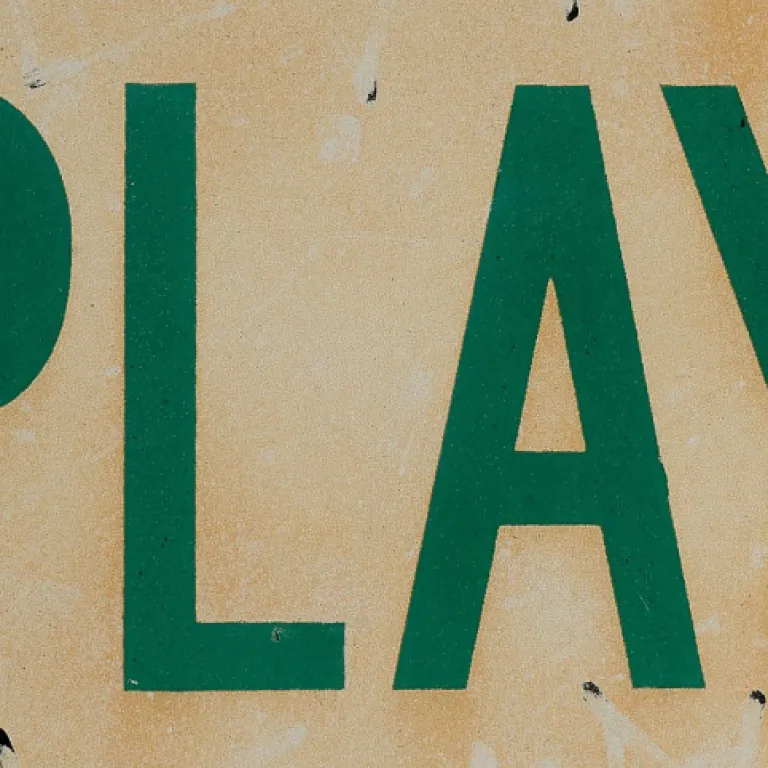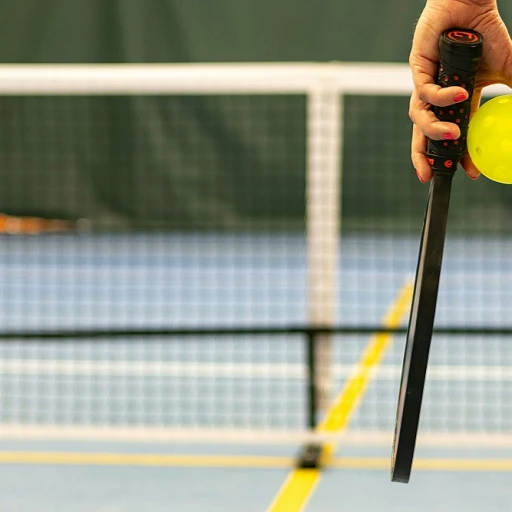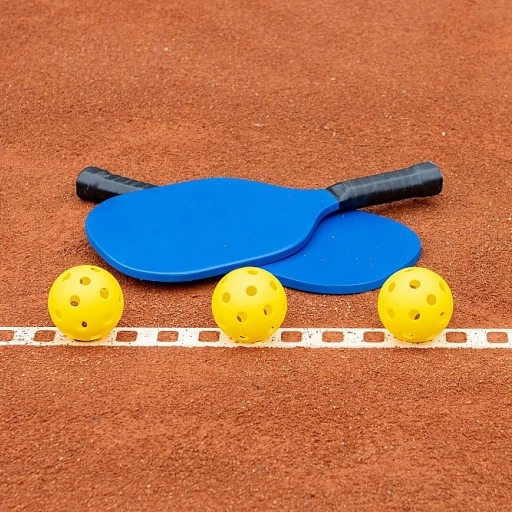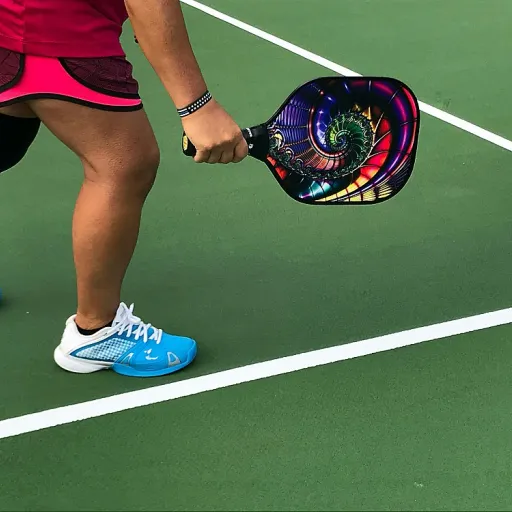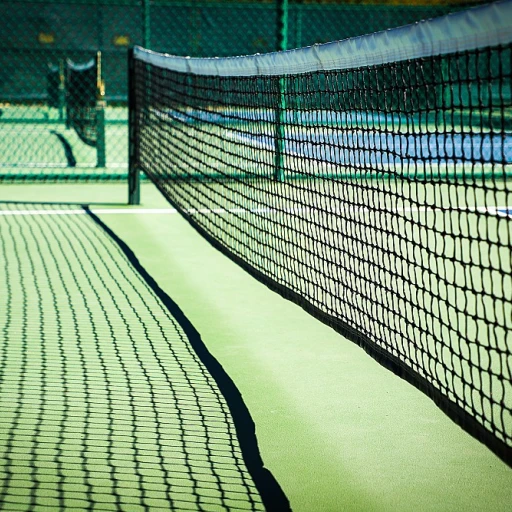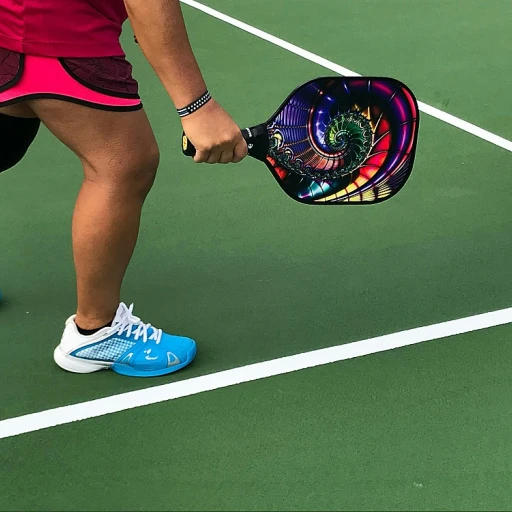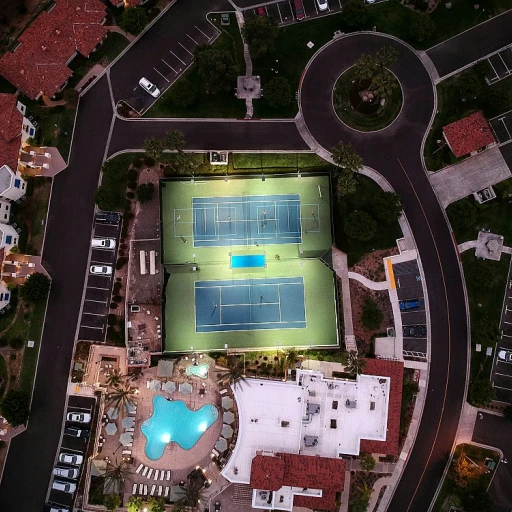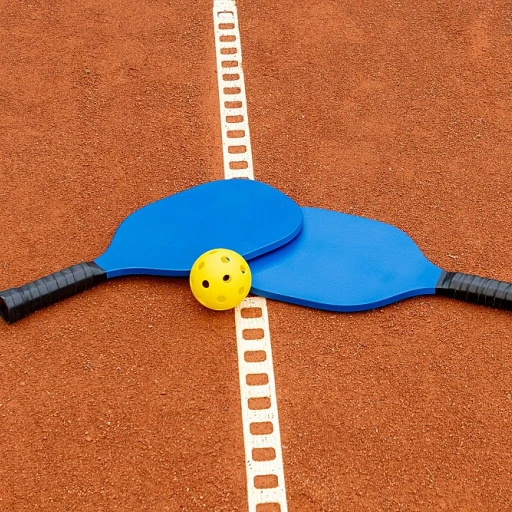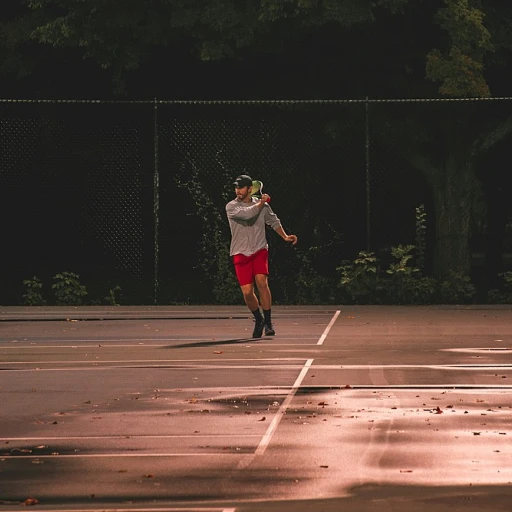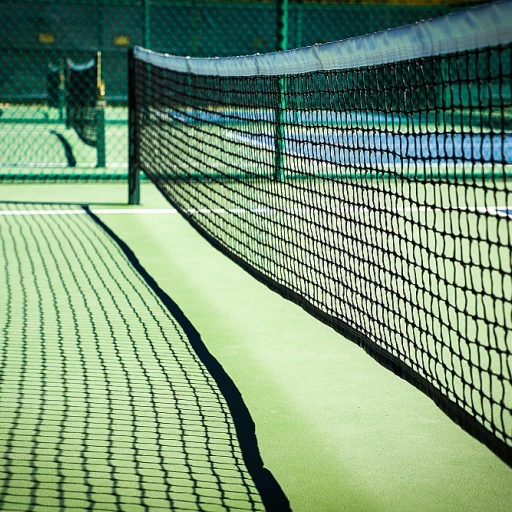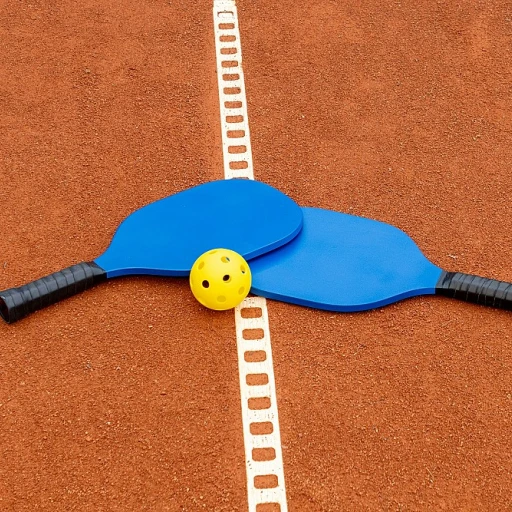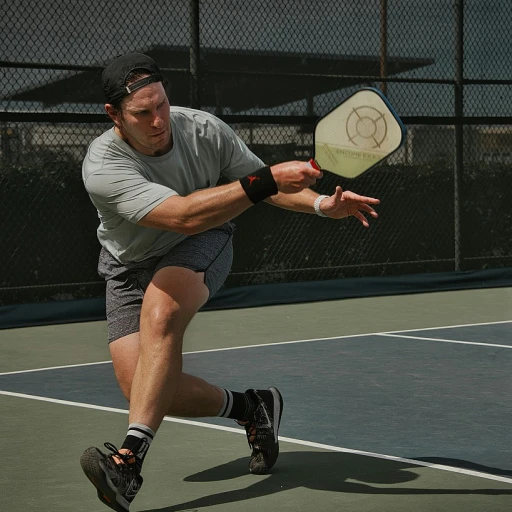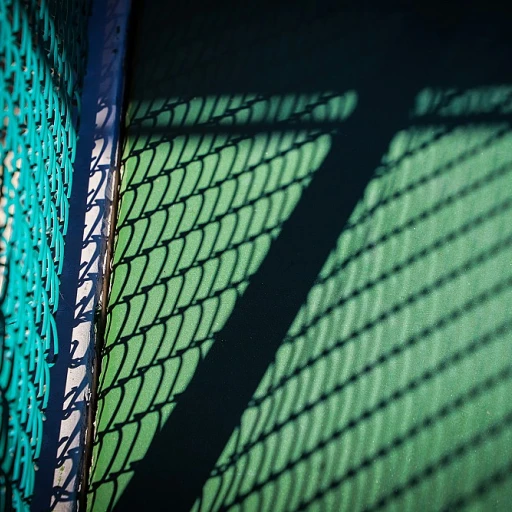
The Standard Size of a Pickleball
Defining the Dimensions of a Standard Pickleball
The standard size of a pickleball is a critical aspect for players to understand, especially when stepping onto the pickleball court. Defined by specific measurements, this ball impacts the way the game is played, serving a unique purpose on the court. The standard pickleball, as regulated by the USA Pickleball organization, typically measures approximately 2.87 inches to 2.97 inches in diameter. This involves meticulous design to ensure consistent play across different courts.
Pickleball is played on courts that are 20 feet wide and 44 feet long, a size that accommodates the slightly larger ball compared to a badminton shuttlecock, but smaller and lighter than a tennis ball. The pickleball court dimensions support strategic volleying and movement, with a kitchen zone, or non-volley zone, near the net, ensuring players maintain an exciting dynamic during the game.
Understanding the size pickleball is essential—it affects everything from serving techniques to the physics of the ball's trajectory. Players often note that the pickleball’s weight and size influence how easily it travels across the pickleball net, distinguishing it from balls used in tennis courts or badminton games.
The nature of its circumference aids players in achieving a delicate balance between power and control. As the game has grown in popularity over the years, more people are playing pickleball in diverse settings, from casual backyard games to competitive matches on dedicated pickleball courts. Therefore, familiarizing oneself with the standard pickleball size is beneficial for all aspiring players stepping onto any court, whether it be a repurposed tennis court or custom-built court pickleball.
Materials and Construction
Understanding Pickleball Materials and Construction
When it comes to pickleball, the materials and construction of the ball are crucial for ensuring the game is played consistently across different courts. Pickleballs are typically crafted from a durable plastic material. This choice not only impacts how the ball performs on the court but also contributes to its longevity in the game. Due to the nature of pickleball, the ball is specifically designed with a perforated surface featuring holes that allow for minimal airflow resistance. This design is particularly beneficial when the ball travels across a pickleball court, maintaining a steadier trajectory and ensuring fair play, especially in outdoor environments where wind can be a factor. For indoor playing, pickleballs often have smaller holes and a softer construction. This difference maximizes control for players and adapts to the varying challenge presented by indoor surfaces compared to outdoor courts. In contrast, outdoor pickleballs are made with harder plastic, enduring the more abrasive outdoor court conditions. Additionally, the construction of the pickleball affects the game's dynamic characteristics. A standard pickleball measures about 2.9 inches in diameter, allowing it to travel swiftly across the small court dimensions, typically 20 feet wide and 44 feet long, akin to a badminton court layout. Standard pickleballs must adhere to the rules set by organizations like USA Pickleball, ensuring that every game, whether played on a tennis court repurposed for pickleball or on dedicated pickleball courts, remains consistent from court to court. The meticulous attention to material and design aspects ensures an easy transition for players familiar with sports like tennis or badminton while introducing unique elements through the pickleball's construction and gameplay.Impact of Size on Gameplay
Influence on the Game Dynamics
Understanding how the size of a pickleball impacts the game can offer insights into gameplay and strategy for any player, from beginners to seasoned ones. The dimensions of the ball, typically a blend of 2.874 to 2.972 inches in diameter, have been standardized, but they can introduce subtle variations that affect the overall play experience. The relatively small size of the pickleball, paired with its perforated surface, contributes significantly to its unique aerodynamic properties. Unlike the solid, smooth surface of a tennis ball, the holes in a pickleball reduce its speed, making it easier for players to return volleys, even at a beginner level. Players often notice how the court dimensions, which are notably smaller than a traditional tennis court—20 feet wide and 44 feet long—interact with the pickleball size to shape game strategies. With the net positioned lower at 36 inches high on the sides and 34 inches at the center, and the smaller court size, players can cover the playing field more effectively. This allows for a quicker-paced game, reliant on agility and rapid reflexes. Since the ball doesn't travel too swiftly across the pickleball court, strategy often centers around precise ball placement, exploitations of the volley zone—commonly referred to as the kitchen zone—and control over the court dynamics. The texture of pickleball makes it easier to execute spinning shots, which can be a strategic advantage when serving or returning volleys. At a professional level, understanding the nuances of how ball size affects play can be a decisive factor in winning games on courts that adhere to standard dimensions set by official bodies such as USA Pickleball. On the contrary, for casual players, mastering how to control the ball's speed and angle on these courts makes playing exceedingly enjoyable. This ensures the sport remains accessible anytime a game is played, embracing both its leisurely and competitive aspects.Comparing Pickleball to Other Sports Balls
Comparing Pickleball to Other Sport Balls: Unraveling Differences
When understanding the distinctiveness of pickleball, it's essential to consider how its ball compares to those used in other sports. The size of a pickleball, typically around 2.87 inches to 2.97 inches in diameter, sets it apart both for play and versatility. But how does this compare with more familiar sports balls?- Tennis: The tennis ball is notably larger than a pickleball, with a diameter ranging from 2.57 inches to 2.70 inches. Despite being similar in size, the difference lies in their materials and construction, which impacts how each ball behaves on the court. The felt-covered tennis ball is optimized for the grass, clay, or hard court tennis courts and affects play in terms of speed and spin.
- Badminton: While technically not a ball, the shuttlecock used in badminton is an interesting comparison due to its unique shape and lighter weight. Pickleballs and shuttlecocks share a reliance on their specific construction for controlling flight and movement within their respective courts.
- Volleyball: The volleyball, with its circumference of approximately 25.5 inches to 26.4 inches, far exceeds the size of a pickleball. Volleyballs are designed for their gameplay on larger courts with a perpendicular net set at inches high but sharing the fun and engaging nature of court sports.
Choosing the Right Pickleball
Considerations When Choosing Your Pickleball
When selecting a pickleball, the court dimensions, specifically the size and materials, significantly influence your choice. Whether you're playing on a standard pickleball court or a tennis court adapted for pickleball play, it's essential to consider the ball's interaction with these settings.- Court Dimensions and Surface: Most pickleball courts are 20 feet wide and 44 feet long, with a net height of 36 inches at the sidelines and 34 inches at the center. The court size, alongside factors like material and grip, affects the ball's performance. For example, a smoother ball may perform better on outdoor courts, while a textured ball could offer more control indoors.
- Impact of Size and Material: The size of the pickleball is standard, but materials play a crucial role in gameplay. Made typically from plastic, the ball needs to withstand various weather conditions if you're playing outside, impacting bounce and control. Understanding these material properties helps players choose a ball that complements their playing style.
- Game Style: Whether you're engaging in a fast-paced volley or a strategic kitchen zone game, the ball's weight and construction can influence your approach. Players might prefer balls that suit their volley tactics better, affecting their play style and overall gaming experience.
- External Influences: Players need to consider where they often play. For instance, a ball suitable for outdoor play might not perform as well indoors due to its construction. The presence of lines on the tennis court or uneven surfaces can impact ball travel less predictably.

